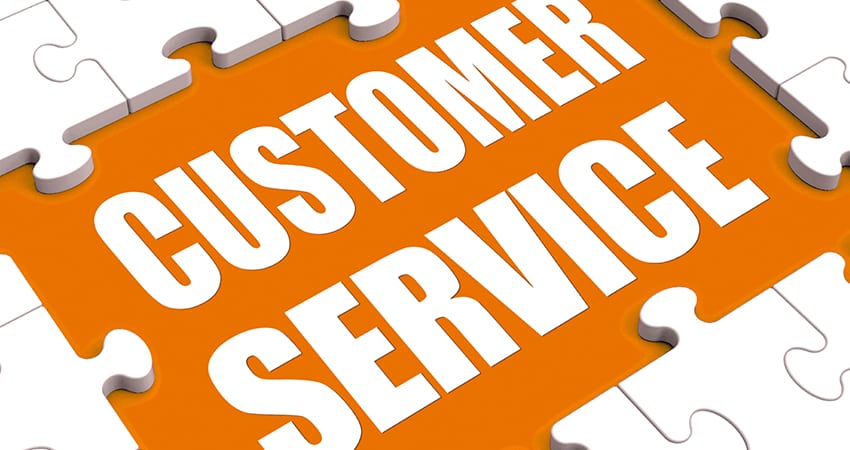By 2020, worldwide retail e-commerce sales are projected to exceed $4 trillion, more than double 2016 results. So it’s no surprise that companies are asking if there is a best business model to compete in a growing digital world.
While there is no one single way for companies to succeed in driving ecommerce growth, there are some fundamental ecommerce and supply chain strategies that many successful companies follow. Here’s a summary of those best practices:
Focused on Improving Supply Chain Efficiency with Right-Sized Packaging
Optimizing the entire supply chain requires companies to have the right process and people at every step, from building an order to final drop off at a customer’s doorstep. Common sources of supply chain waste include unnecessary movement, empty box space and lack of repetition and ergonomics.
In many cases, it takes a company just 20 minutes to process an order. The rest of the time the order may be held up in the system, or on a pallet, truck, or conveyor. Nothing is done with the order for a solid 23 hours and 40 minutes.
A lean manufacturing process will focus on breaking down the components of individual product into the smallest quantity possible and as fast as possible. With the change in dynamics with e-commerce logistics and packaging, there are opportunities to drive new efficiencies, such as a smarter use of labor resources.
Another issue is not accounting for void and sending out boxes that are only half full or less. This practice can drive shipping costs higher and minimize order fulfillment capacity.
Simply put, consumers know waste when they see it. And they don’t like it. Consumers are increasingly aware of the excess packaging materials that end up in their homes when items arrive in boxes that are too big for the item inside and have to be broken down and disposed. The abundant use of plastic air pillows or allowing tiny items to swim inside oversized boxes make a business seem inefficient and lazy.
To address these issues, many companies have succeeded by investing in high-speed, automated systems that produce right-sized packaging. But, right-sized packaging isn’t just about using smaller boxes. It’s about creating the optimal balance between protection and packaging material.
Thinking Small to Yield Big Returns
While e-commerce growth is increasing the number of packages shipped throughout the global transport network, the space available in the cargo bay of an aircraft or in the back of a carrier truck isn’t getting any bigger.
That means individual shipments need to get smaller. Inch by inch, companies need to make room for other packages so everyone gets what they want, when they want it.
Companies succeeding in e-commerce are focused on making orders, not building pallets. In fact, they are manufacturing smaller, more frequent orders, which require breaking down pallets to single, sellable units, reassembling them with other items, and sending smaller packages to consumers.
Enhancing the At-Home Customer Experience
Successful e-commerce retailers are focused on improving the unboxing experience for customers. They recognize that the final consumer touch point is the last moment of truth for a company or brand.
In the ever-evolving world of e-commerce, consumers see, touch and need to dispose packaging materials regularly. As a result, how consumers feel about a brand increasingly starts with their experience with a product’s packaging.
Retailers that make smart choices with secondary packaging use these materials to replicate the lifestyle depicted on websites and catalogs inside the consumer’s home.
Some of the secondary packaging options retailers can choose include decorated boxes that have suspension and retention features which showcase the ordered product much the same way a store display might. They can also customize the outside and inside of the box with printed images and messages, or insert custom designed air cushioning for product protection.
When price and product performance are comparable, brands and retailers need new ways to stand out from competitors. Improving the presentation and personalization of the orders inside packages is a great way for companies to differentiate themselves and enhance customer loyalty.
The world of retail is changing at a rapid pace. Warehouses are becoming the center of the retail universe, replacing malls. By following these tips, companies can enhance e-commerce and supply chain approaches and better reach consumers who prefer to shop on digital devices.

